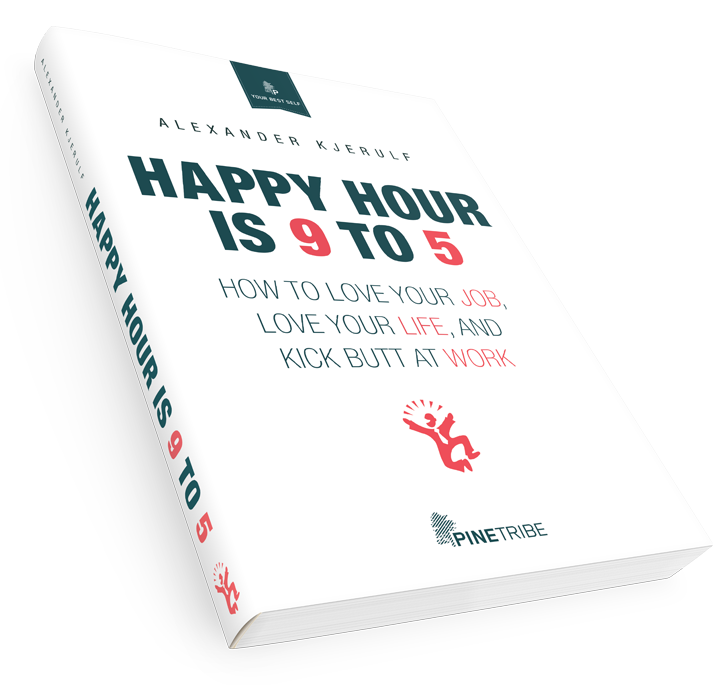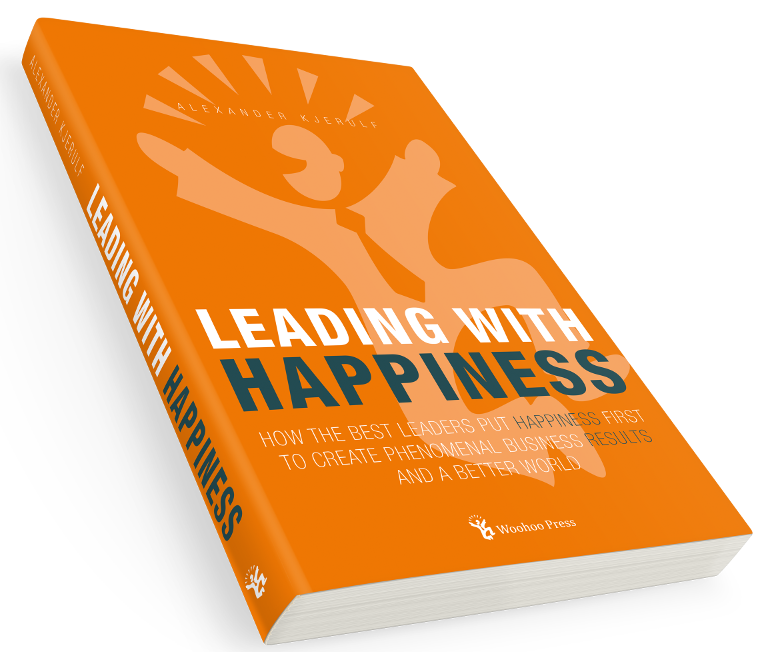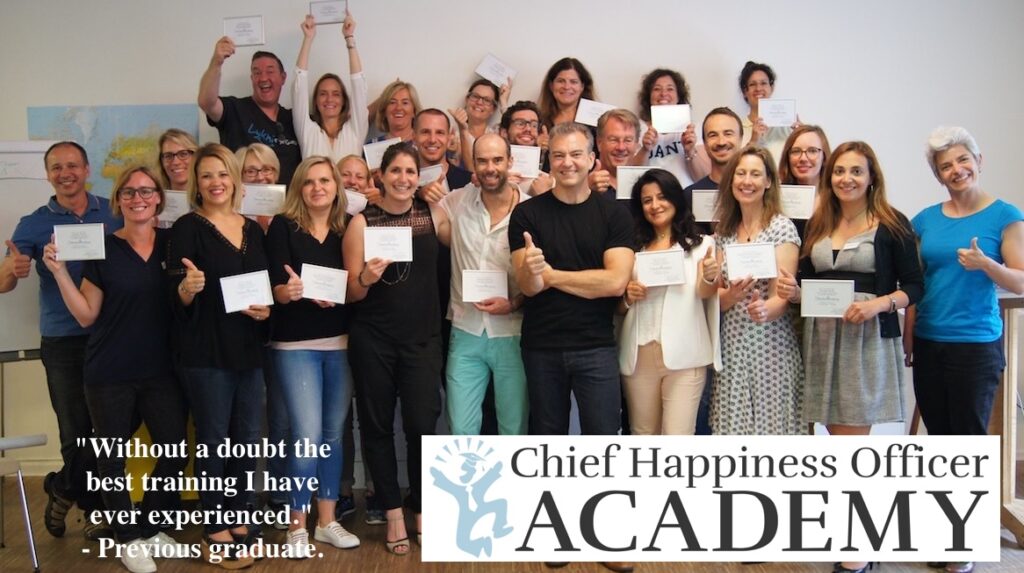Mike Wagner of Own Your Brand tagged me for the 4-meme that’s going around. Seems more contagious than bird flu :o) So here goes – trivia about me:
Four jobs I’ve had
- Clueless part-time sales guy at Bilka electronics (a supermarket)
- Programmer for Bang&Olufsen. Was there 6 months, never got to program a single line of code
- Co-founder and consultant at Enterprise Systems
- CHO (Chief Happiness Officer)
The last two were almost too much fun to qualify as work. They were more in the nature of play
Four movies I could watch over and over
- The Matrix (coolest movie)
- Love actually (happiest movie)
- Koyaanisqatsi (most beautiful movie)
- Life of Brian (funniest movie)
In fact, it’s best never to quote Monty Python around me – I may be difficult to stop, once I get started :o) Dead parrot, anyone?
Four places I have lived
- Tunis, Tunisia
- Las Palmas, Spain
- Odense, Denmark
- Copenhagen, Denmark
Four TV shows I love to watch
- Battlestar Galactica
- Lost
- The Daily Show
- The Simpsons
Though our TV is in the closet most of the time and usually only comes out for important national soccer games. You can follow all of these shows on bittorrent.
Battlestar Galactica is especially good. The season finale last week showed why: Great writing, great characters, great dialogue, and you never know what’s coming next. Lost is almost as good, and more addicitve than crack.
Four places I have been on holiday
- Florida
- Cedar Point
- Phillipines
- Paris
What can I say, I’m an adrenaline junkie, and roller-coasters are a great way to get that rush.
Four websites I visit daily
Four of my favorite foods
1. Spaghetti Bolognese (or simply “bolo” at our place)
2. Sushi
3. Burgers from Five Guys
4. Kellog’s Frosties
Four places I would rather be right now
- Snowboarding in the alps (and a week from now I will be)
- London. Cooool city.
- Tokyo. Never been there – really, really want to.
- Beijing. Never been there – really, really want to.
Though I gotta say I’m also pretty happy right here, right now :o)
And four bloggers I am tagging
Patricia Hansen of Patricia OnLine, if she’ll accept, because she is such a wonderful person. And girlfriend.
Stephen Shapiro of Goal-free living, if he’ll accept, because I enjoyed meeting him in DC and get a real kick out of the whole goal-free approach.
Bernie deKoven of Bernie’s FunLog, if he’ll accept, because I truly admire his deep knowledge and practice of play.
Solveig Haugland of openoffice.blogs.com, if she’ll accept, because I admire her style, her writing and her dedication to open source.
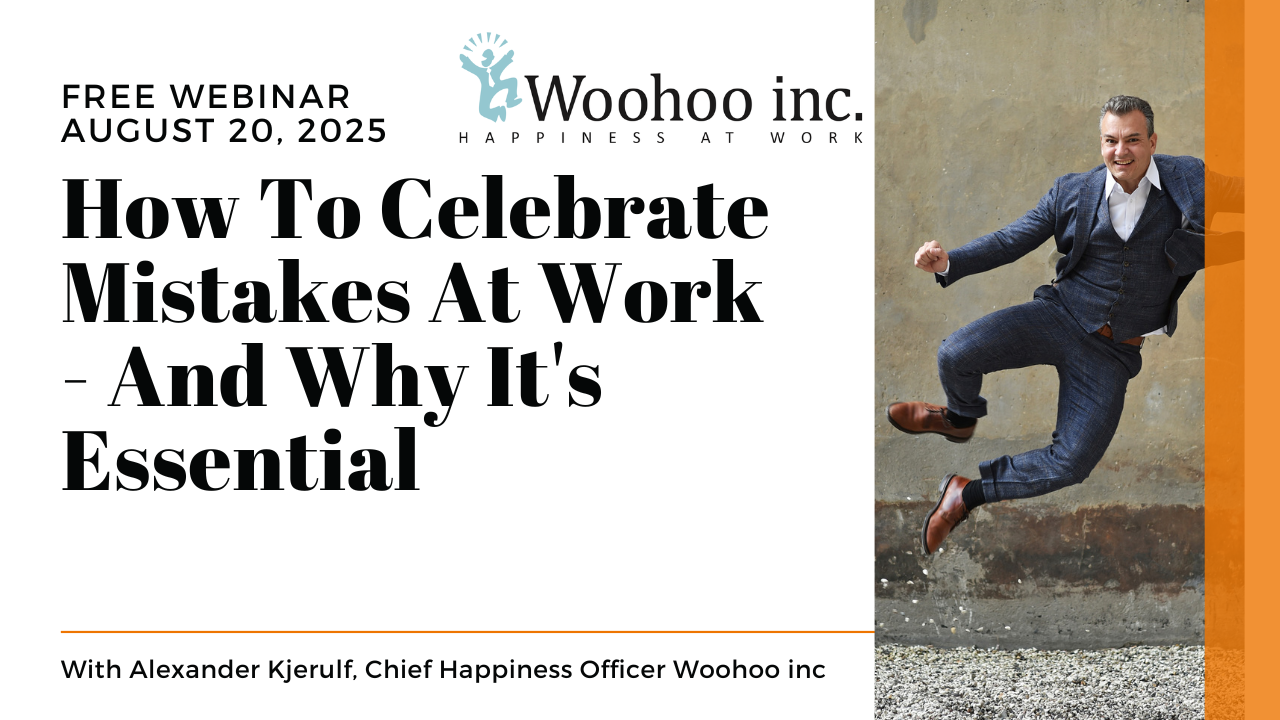

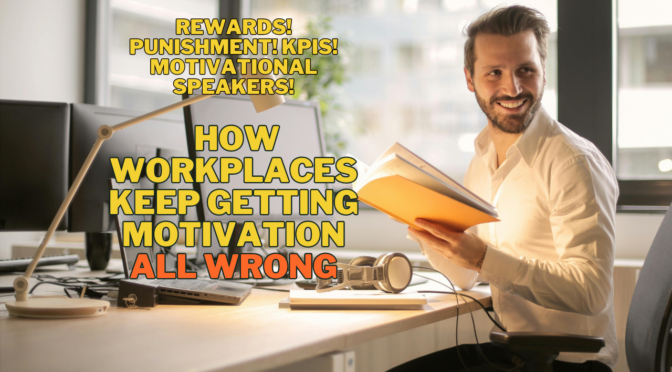
 Politics is too important to leave to politicians.
Politics is too important to leave to politicians. WOOO-HOOOOOOO!!!!!! I just posted book review number 100 on the site!!!
WOOO-HOOOOOOO!!!!!! I just posted book review number 100 on the site!!!


 Examine previous situations at work where you were busy but calm. What happened? What allowed you to stay calm? How can you use this in future busy situations?
Examine previous situations at work where you were busy but calm. What happened? What allowed you to stay calm? How can you use this in future busy situations?